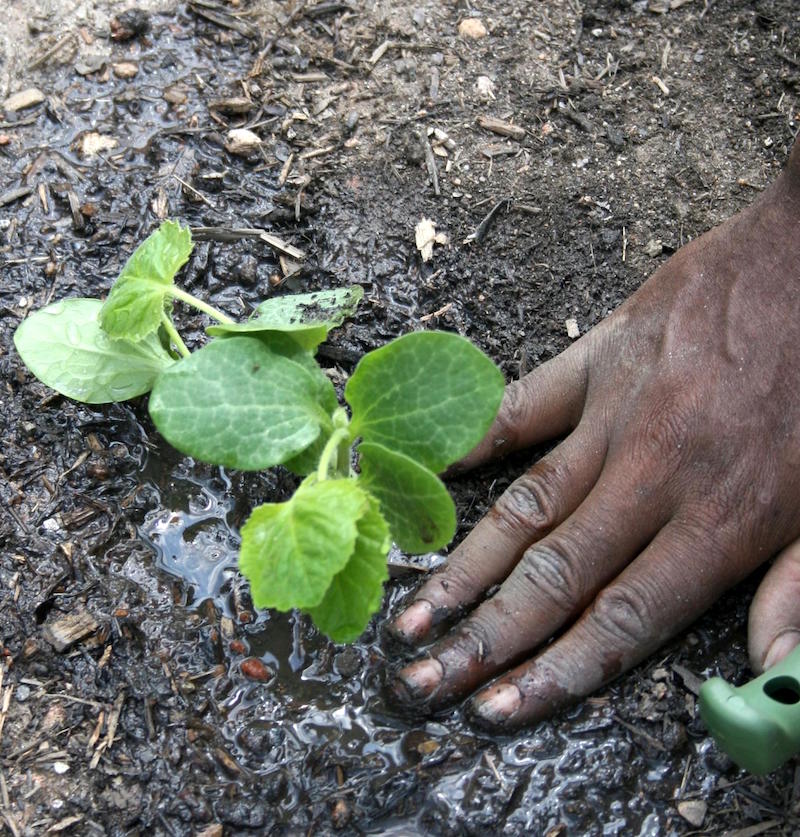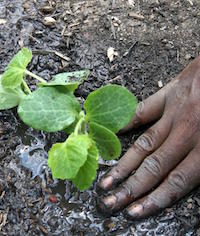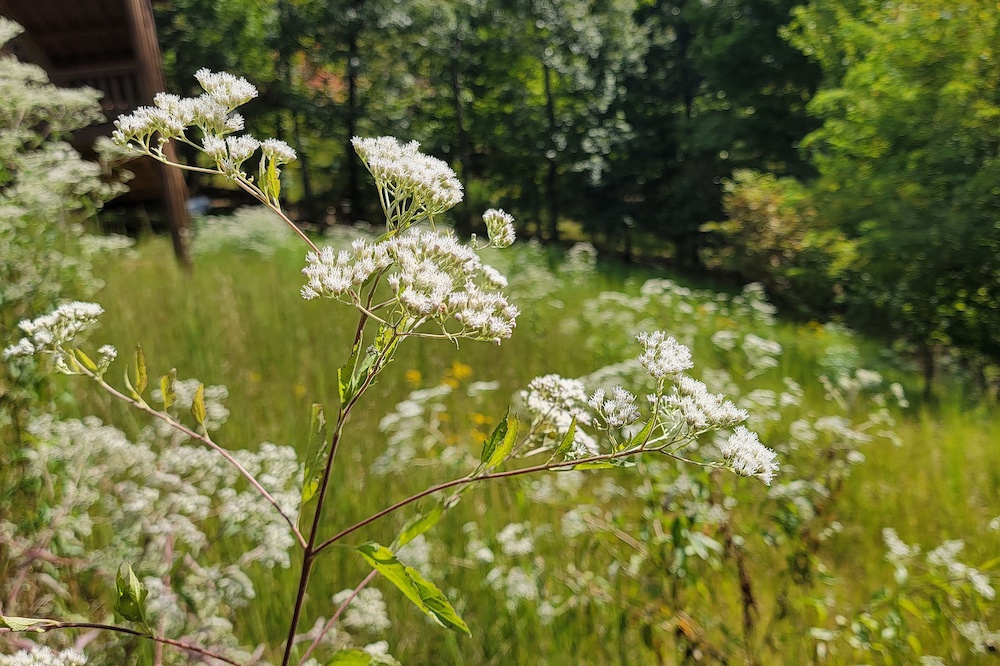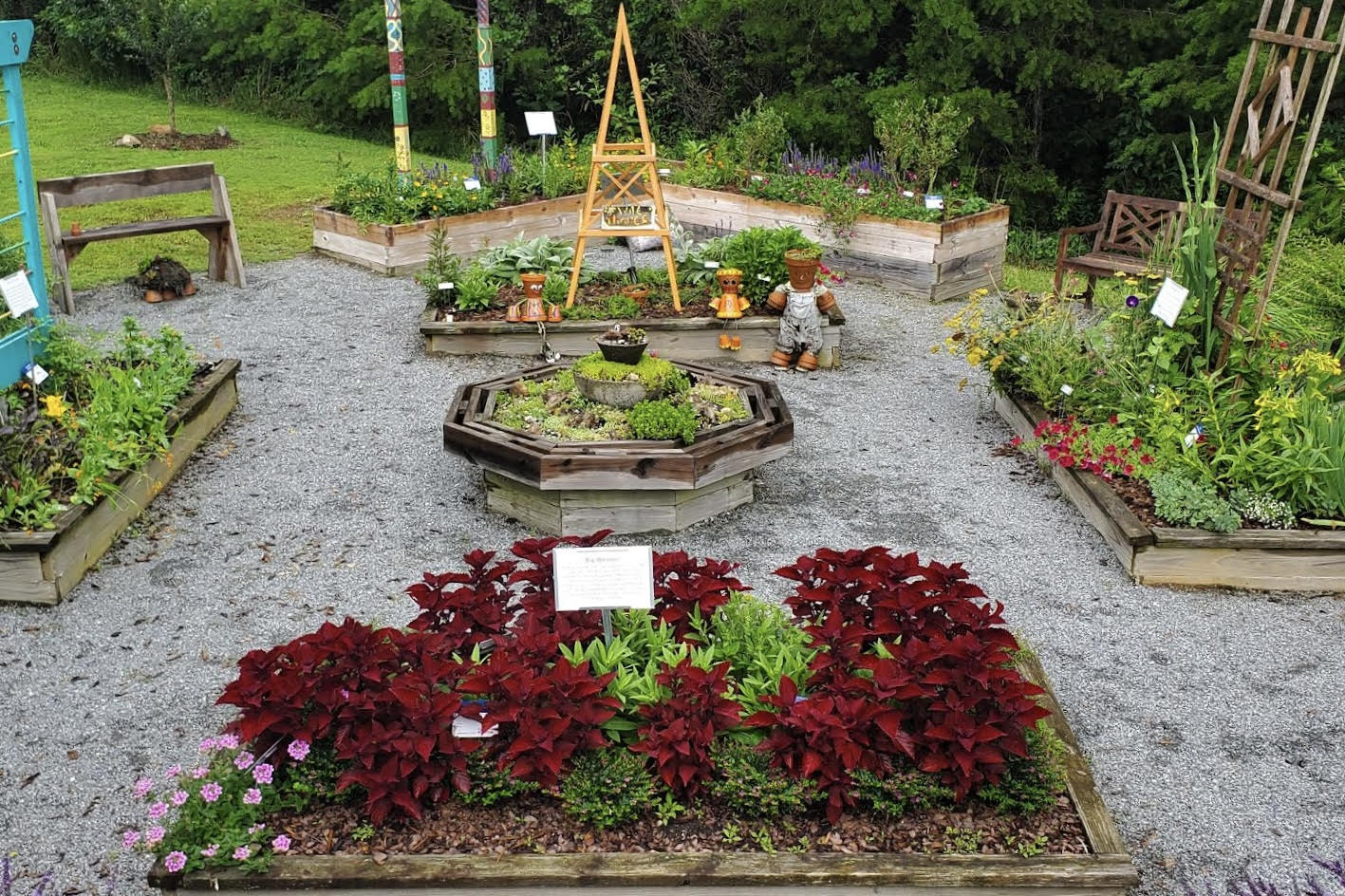The key to successfully growing delicious vegetables is maintaining high-quality soil.
We sometimes neglect to protect our soil, then rainfall comes and erosion carries our crops away. Erosion control is something that must be considered in gardens because it can protect the precious soils.
For 20 years I grew my vegetables near my home in a quarter-acre garden on land that had a slight slope. My wife, a U.S. Department of Agriculture soil conservationist, warned me to protect this garden spot. Luckily, because it was always planted in either cover crops or actual vegetables and the slope was moderate, I never really had a problem with erosion.
When I bought a larger farm several years ago and began a new garden site, I witnessed how severely erosion can affect a garden. While this new garden area had much better soil, it also came with much more slope. I knew I was going to need to do something to keep this garden site from washing out in heavy rains. More than once my rows of sweet corn were destroyed by a river of water flowing through the garden.
Soil erosion is directly related to several factors, including the type of soil, how much cover is holding the soil, the amount of irrigation or rainfall the soil receives, and how much slope the garden and surrounding area have.
When choosing a garden site, it is best to secure an area that is as naturally level as possible. As little as a 2 percent grade can cause nutrients and soil to wash down the slope.
The soil makeup can also affect the amount of erosion that can occur. Soils containing large amounts of clay that are not well amended will hold more water and also have the potential to erode faster. Heavily amended organic or sandy-loam soils drain much better and will be more resistant to erosion.
University of Georgia Cooperative Extension has several recommendations to preserve your garden soil.
Consider planting on a contour or creating small, bedded terraces. If you drive through the countryside, you will often see large farm fields with terrace burns strategically running along the contour of the slope. These are designed to slow the impact of water and carry it to a safe location.
While you may not build expensive terraces in your vegetable garden, you can at least plant along a contour to help hold the soil. If you have a soil-bedding implement for your tractor, this will create many terraces that will help control the direction of water flow.
Another method of erosion control is to keep some type of crop or cover crop in the garden at all times. In the fall, I plant a cover crop to help build the soil with a “green manure” while at the same time cutting down on erosion. As we get into the planting season of spring, I plan to leave a cover crop between the rows to protect the soil.
In my large garden, I also have a grassed waterway which serves as a permanent cover crop in the area where most of the water drains.
Tilling the garden can potentially increase the risk of soil erosion. Through the use of mulches and weed fabric or plastic, you can protect against the impact of hard rains and soil erosion.
Organic mulches, such as pine straw, wheat straw or partially formed compost, make excellent mulches around plants. They provide moisture control as well as weed protection.
Garden soil can also be improved by the addition of organic matter. Particularly in clay-based soils, adding a 4-inch layer of some form of organic matter will increase the infiltration of water in the soil. Organic matter in the form of compost, good top soil or composted manure loosens up hard clay and allows the plant’s root system to spread out further to help hold soil. Be sure to till organic amendments into the soil forming a uniform mixture 8 to 10 inches deep.
Moisture also influences erosion. Control the amount of supplemental irrigation you apply. Overhead sprinklers put out a large volume of water and cover both target and nontarget areas in the garden. This can cause erosion when the system runs for too long or too frequently. Consider using soaker hoses or drip irrigation to conserve moisture and prevent excessive buildup of water in the soil.
It’s easy to forget to protect the soil from erosion, which can occur quickly and have devastating effects. By following these practical solutions, you should be able to plant a garden and enjoy your harvest of vegetables without the fear of it all sliding downhill.








